Revolutionize Your Fingerprint Recognition
Our world-leading, American-made algorithm for fingerprint recognition and matching delivers unparalleled accuracy at unbeatable speeds, without the processing strain.

Fingerprint Limitations, Unlocked
Traditional fingerprint recognition methods often rely on outdated technology and cumbersome processes, leading to slow processing times, limited accuracy, and an inability to handle large datasets.
With ROC.ai’s industry-dominating fingerprint algorithm, authenticate identities with greater speed and accuracy.
- #1 most accurate performance on the challenging, cross-sensor, IARPA Nail-to-Nail evaluation sets
- #1 most sensor-interoperable algorithm in the world
- #1 most efficient algorithm submitted with search speeds soaring over 10,000x faster than most other participating vendors
- #1 smallest template size – 160X smaller than the closest competitor
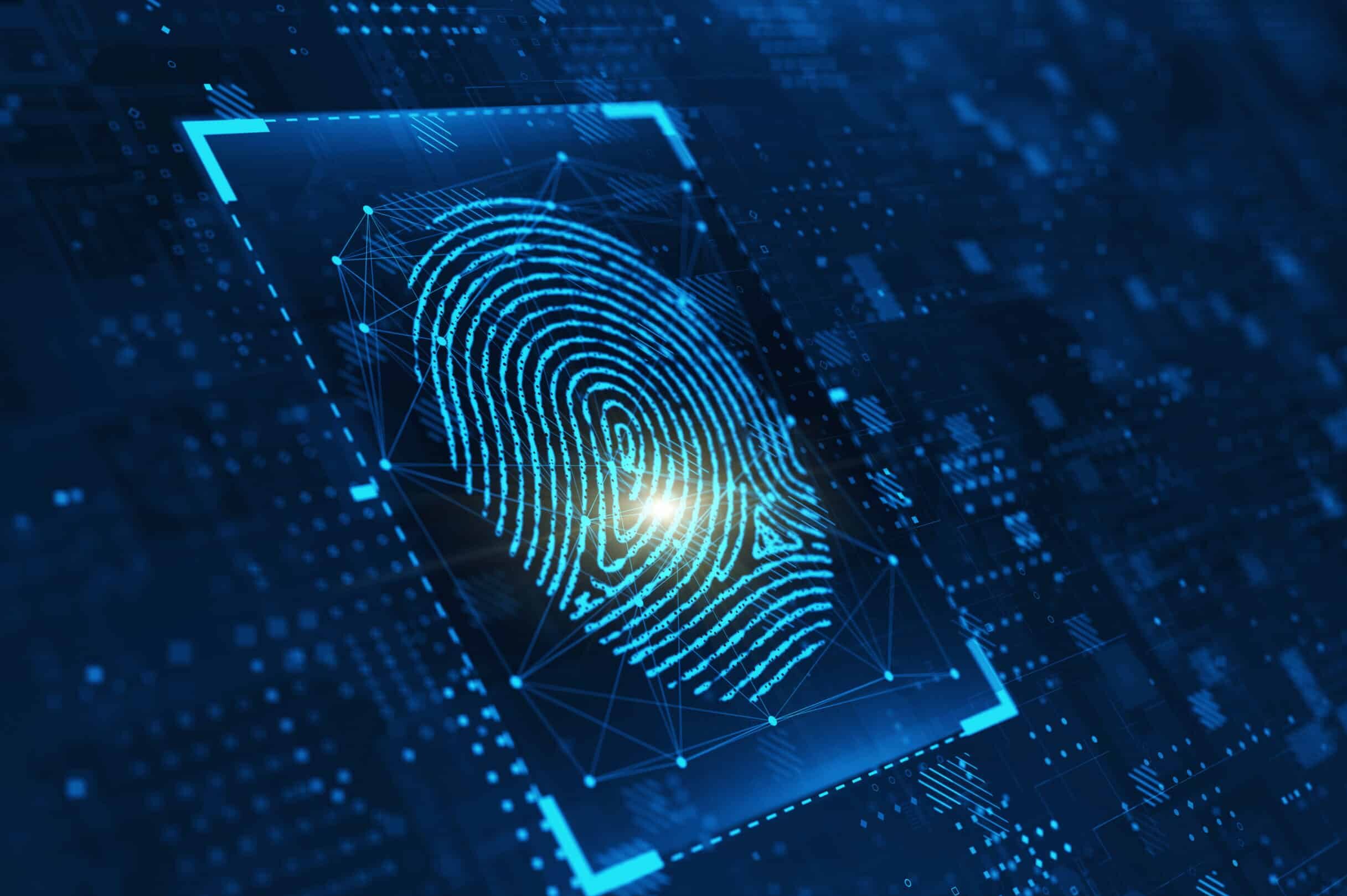
Welcome to the Future of Fingerprint
Unlock lightning-fast and highly accurate identification and authentication processes with our cutting-edge fingerprint recognition software. Leave the limitations of traditional fingerprint matching methods behind and embrace the power of ROC.ai.
Our fingerprint matching technology leverages similar proprietary machine learning methods employed in our world-renowned face recognition algorithms. The NIST-proven world leader in fingerprint since our first launch, ROC.ai is the only viable 100% American-made solution.
Fingerprint Recognition in Action
ROC algorithms have been deployed across a range of industries, delivering powerful results in law enforcement, banking, healthcare, and retail.

Access control
ROC.ai fingerprint recognition offers a more secure and reliable method of access control compared to traditional methods such as key cards or PIN codes, which can be easily lost, stolen, or shared.
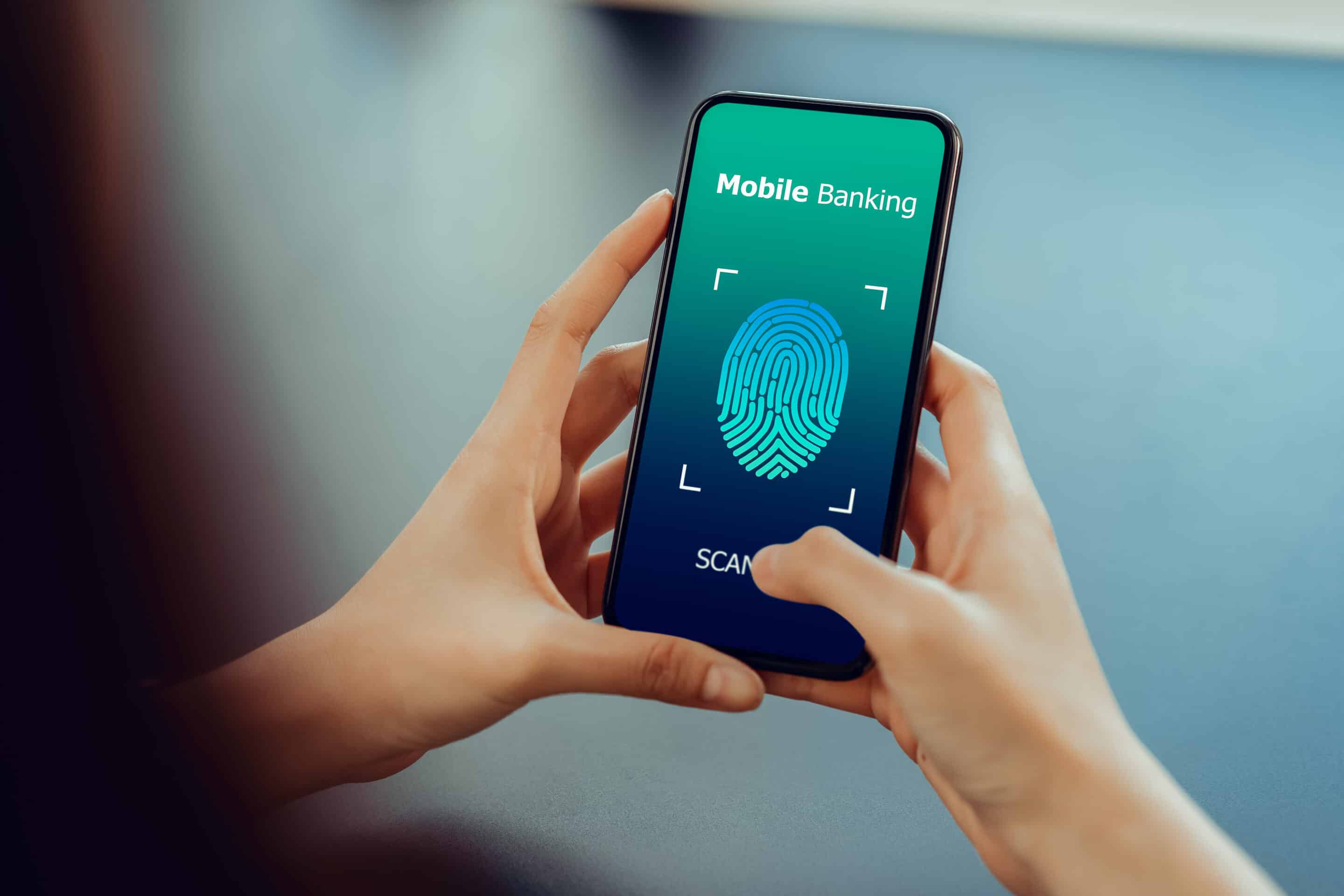
Banking and finance
ROC.ai fingerprint recognition technology helps banks and financial services organizations to securely identify and verify their customers, as well as prevent fraud.

Identification and authentication
Fingerprint recognition is commonly used for personal identification and authentication purposes, like unlocking devices, accessing secure areas, and logging into accounts.

Law enforcement
A critical tool in law enforcement, Rank One Computing fingerprint recognition software is used to identify suspects and support forensic investigations after a crime.
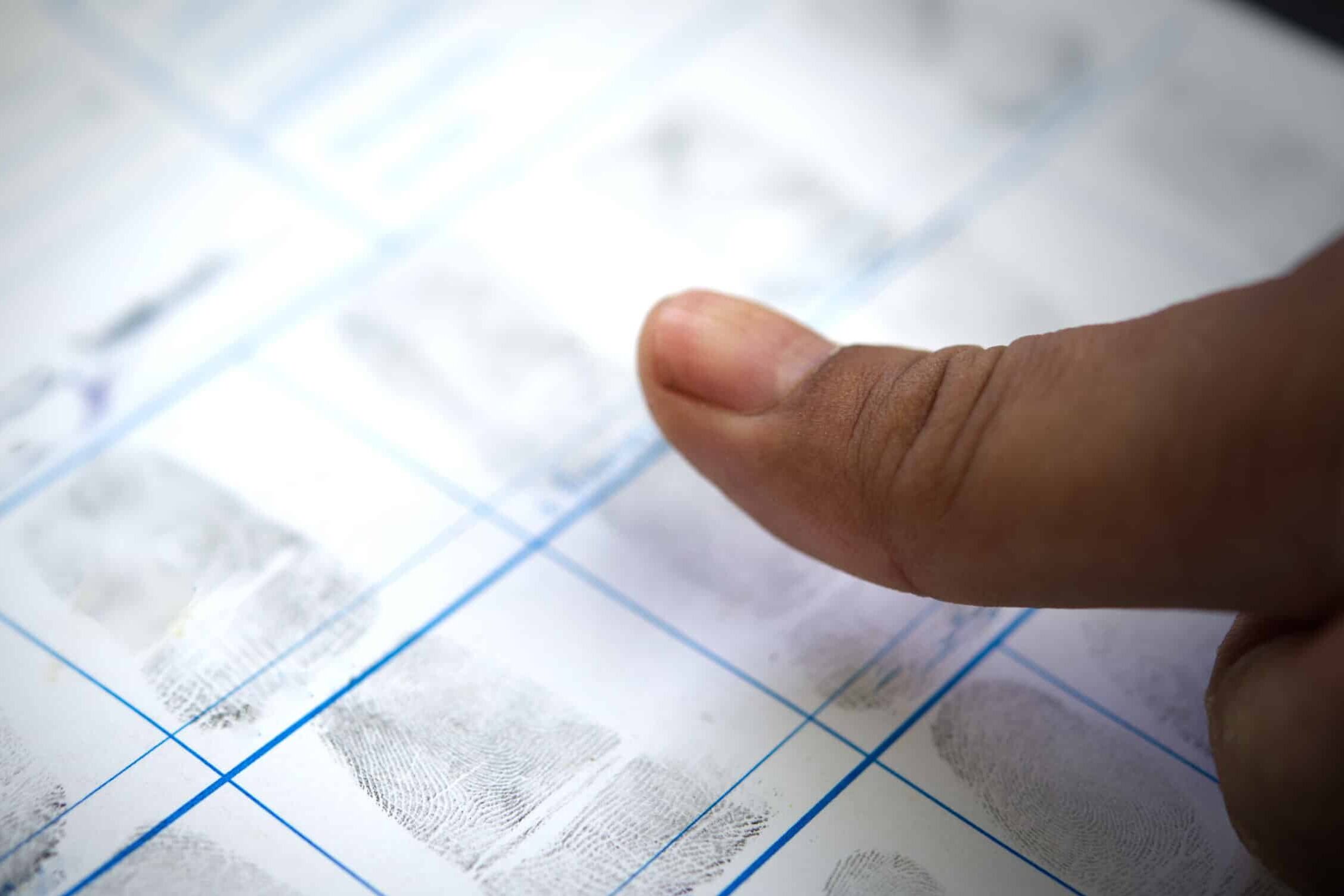
Healthcare
In healthcare, fingerprint matching can prevent critical medical errors and ensure patient identity when it matters most.
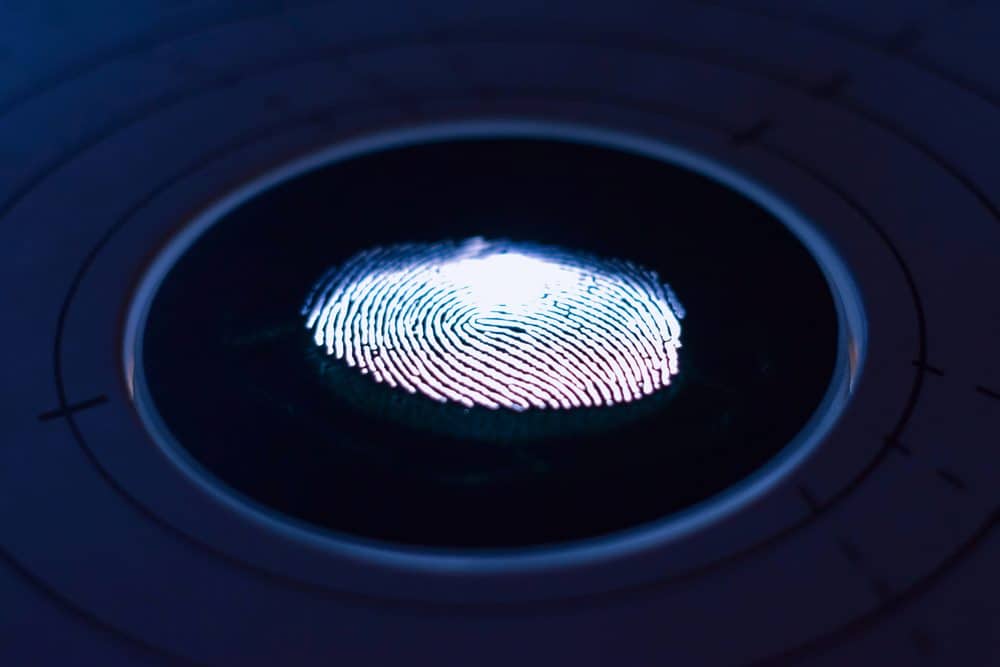
Border control and immigration
Fingerprint recognition supports effective border control and immigration services by empowering officials to quickly verify the identities of travelers, flag known individuals from watch lists, and deter illegal entry.
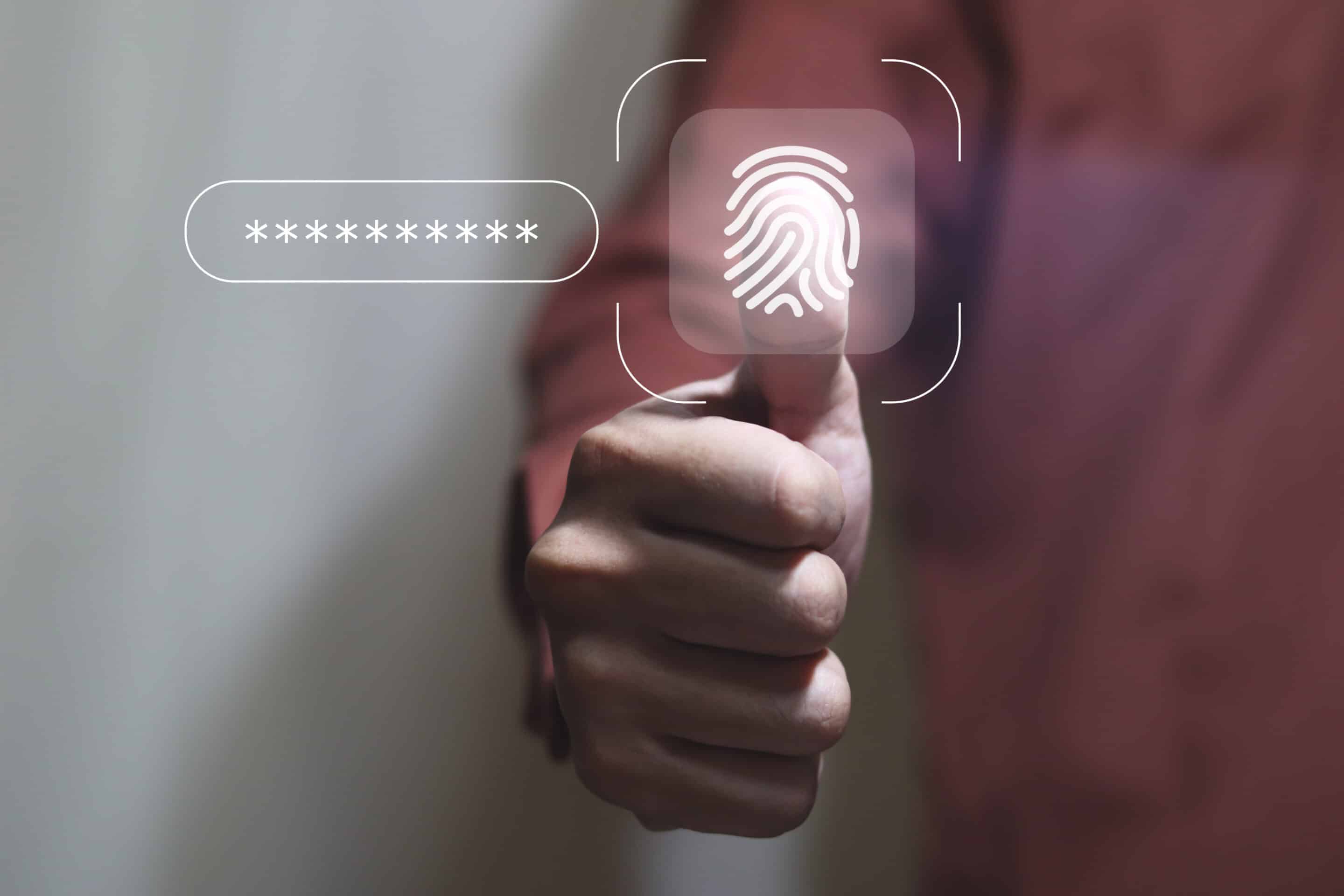
Time and attendance tracking
Eliminate the need for manual tracking systems and prevent time clock fraud with fingerprint-based time tracking for workplaces.
American-made, World-leading Solutions
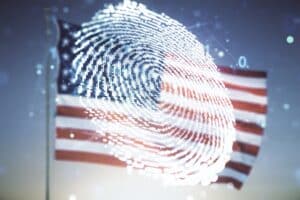
ROC brings together industry-shapers, innovators, and changemakers to raise the bar on processing times, accuracy rates, security features, and scalability for large datasets.
ROC now offers compelling options for both embedded and large-scale fingerprint system deployments to mitigate the risks from foreign developed AI/ML algorithms.
Ready to learn more?
To schedule a demo or speak to an expert, please complete this quick survey.
ROC FINGERPRINT SDK
Our flagship multimodal biometrics software development kit, ROC SDK, leads the pack as the fastest, most accurate, scalable solution for automating fingerprint recognition. Choose a fingerprint matching solution that’s faster, smarter, and simpler to scale:
100x faster than leading open source alternatives
Extensive documentation and sample code
OS, platform, and device agnostic
Free access to development SDK
Multimodal capabilities including object recognition, face recognition, license plate recognition, optical character recognition (OCR) and more
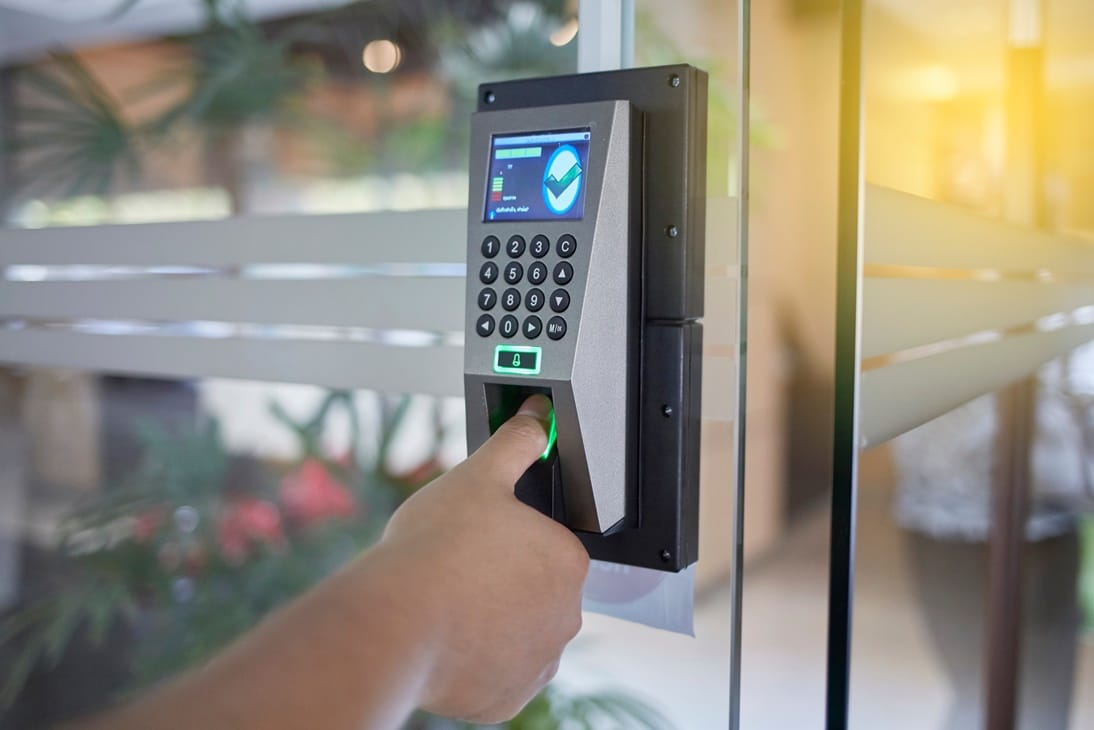
Our Commitment
We take pride in offering single-source American-made technology solutions. All aspects of our business, including research, development, and support, are based in the United States. This ensures a robust and secure fingerprint recognition system that adheres to stringent data protection and privacy standards.
FAQ
How does Rank One Computing's Fingerprint Recognition SDK work?
Rank One Computing's Fingerprint Recognition SDK is a cutting-edge software development kit that provides advanced fingerprint recognition capabilities for a wide range of applications. It offers developers a powerful toolkit to integrate highly accurate and efficient fingerprint recognition technology into their systems.
What makes ROC SDK Fingerprint Recognition the best solution?
ROC SDK Fingerprint Recognition leads the industry in speed, accuracy, and scalability. Our algorithm has been meticulously developed and optimized to deliver lightning-fast fingerprint matching without compromising on accuracy, ensuring reliable and secure authentication.
How accurate is Rank One Computing’'s Fingerprint Recognition SDK?
Our Fingerprint Recognition SDK achieves best-in-class accuracy. Leveraging state-of-the-art algorithms and machine learning techniques, our SDK achieves outstanding match rates, minimizing false positives and false negatives. This ensures that only authorized individuals are granted access, providing enhanced security and peace of mind.
Why is fingerprint recognition system a reliable biometric trait?
Fingerprint recognition has a substantial history and is recognized as the most trusted biometric from an automated biometric perspective. It has been extensively used by nearly every country in the world for critical identification infrastructure tasks.
How has ROC.ai overcome legacy constraints in fingerprint recognition?
Fingerprint recognition algorithms have historically suffered from slow comparison speeds due to treating fingerprint matching as a point-set matching problem, considering minutiae location, orientation, and type as the points.
With the release of the ROC SDK v2.4, we have overcome these challenges leveraging many of the same proprietary techniques deployed in our industry-leading face recognition technology.
What are the key advantages for using the ROC SDK fingerprint recognition algorithm?
Our fingerprint algorithm delivers best-in-class accuracy and operates with unprecedented efficiency, setting new standards for the scalability of fingerprint systems.
Has your fingerprint recognition software performance been evaluated by an unbiased third party?
The National Institute of Standards in Technology (NIST) PFT III benchmark shows that the ROC SDK fingerprint algorithm ranks as the number one performer in Nail-to-Nail benchmarks, achieving high rankings in various sensor categories, and offers the lowest mean error rate across all sensors.
What makes Rank One Computing's Fingerprint Recognition SDK scalable?
Rank One Computing's Fingerprint Recognition SDK is designed to scale seamlessly across a wide range of deployments, from small-scale applications to enterprise-level systems. Our SDK is optimized to handle high volumes of fingerprint data efficiently, enabling rapid identification and authentication even in scenarios with a large user base.
How is AI fingerprint recognition used?
Rank One's Fingerprint Recognition SDK supports applications across various industries, including:
- Access control and physical security
- Law enforcement and forensic analysis
- Identity verification and authentication
- Time and attendance management
- Mobile device security and unlocking
Which development platforms is Rank One Computing’s Fingerprint Recognition SDK compatible with?
Rank One's Fingerprint Recognition SDK is designed to be highly compatible with popular development platforms, making integration seamless and hassle-free. Whether you are developing applications for Windows, macOS, Linux, Android, or iOS, our SDK provides comprehensive support and documentation to facilitate easy implementation.
Does ROC provide technical support for its Fingerprint Recognition SDK?
Absolutely! We are dedicated to providing exceptional technical support to our clients. Our team of experienced engineers is readily available to assist with any questions or concerns regarding the integration, optimization, or troubleshooting of our Fingerprint Recognition SDK. We are committed to ensuring a smooth and successful implementation process for all our clients.